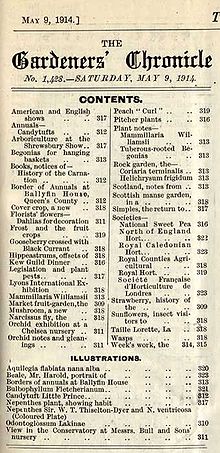
The Royal Horticultural Society (RHS), founded in 1804 as the Horticultural Society of London, is the UK's leading gardening charity.

Sir Joseph Paxton was an English gardener, architect, engineer and Member of Parliament, best known for designing the Crystal Palace and for cultivating the Cavendish banana, the most consumed banana in the Western world.

William Saunders was a horticulturist, landscape designer and nurseryman. During his career, Saunders designed the Soldiers National Cemetery at Gettysburg, planned and developed the Washington D.C. park system, authored hundreds of articles on horticulture, and introduced numerous new plant species into the United States, significantly impacting the nation's agricultural economy. He was one of the first landscape architects to be employed by the federal government and spent thirty-eight years working for the U.S. Department of Agriculture. He was also one of the founders of the National Grange, or Patrons of Husbandry.

John Lindley FRS was an English botanist, gardener and orchidologist.

Amateur Gardening is a British fornightly magazine dedicated to gardening. It included news, advice, feature articles, and celebrity columns and interviews.
The Victoria Medal of Honour (VMH) is awarded to British horticulturists resident in the United Kingdom whom the Royal Horticultural Society Council considers deserving of special honour by the Society.

The Garden is the monthly magazine of the British Royal Horticultural Society (RHS), circulated to all the society's members as a benefit of membership; it is also sold to the public.
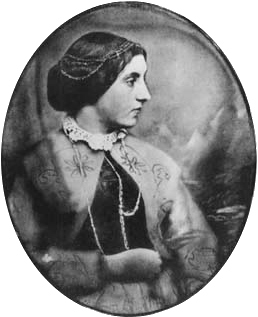
Jane Loudon, also known as Jane C. Loudon, or Mrs. Loudon in her publications, was an English writer and early pioneer of science fiction. She wrote before the term was coined, and was discussed for a century as a writer of Gothic fiction, fantasy or horror. She also created the first popular gardening manuals, as opposed to specialist horticultural works, reframing the art of gardening as fit for young women. She was married to the well-known horticulturalist John Claudius Loudon, and they wrote some books together, as well as her own very successful series.
Roy Hay MBE, VMH was a British horticultural journalist and broadcaster. He was the author of many publications and the instigator of many organisations and events, including the annual Britain in Bloom competition.
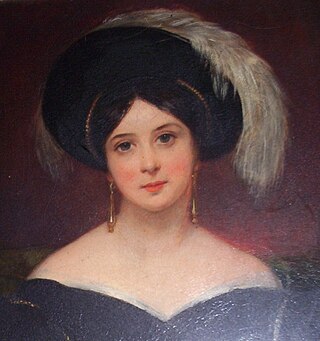
Louisa Lawrence was an English horticulturist in the second quarter of the 19th century.
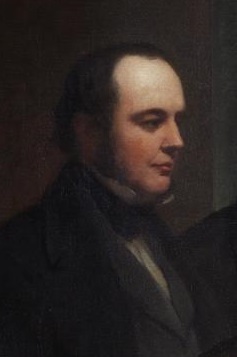
Sir Charles Wentworth Dilke, 1st Baronet, was an English art patron, horticulturalist and Whig politician. He is best remembered as one of the chief promoters of the Great Exhibition of 1851.
Joseph Harrison was a British horticulturalist and editor of horticultural periodicals.

Louisa Boyd King was an American gardener and author who became a leading advocate of gardening and horticulture, especially in connection with the garden club movement. She wrote on horticultural topics as Mrs. Francis King.
Barbara Winifred Matthews was a New Zealand newspaper and magazine editor, gardening writer, and horticulturist.
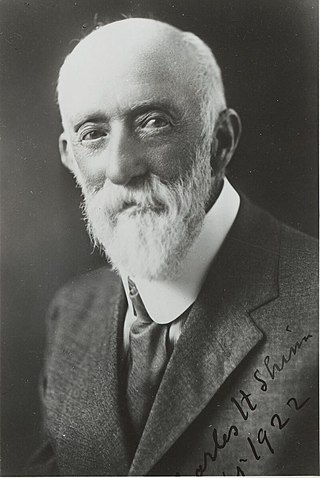
Charles Howard Shinn (1852–1924) was a horticulturalist, author, inspector of California Experiment Stations, and forest ranger in California.
The Centre for Canadian Historical Horticultural Studies (CCHHS) includes archives and a program of scholarly study within Royal Botanical Gardens, Ontario. It focuses on collecting and preserving literature, documents, and artifacts relevant to the history of horticulture in Canada.
Gerald "Gerry" Daly is an Irish Horticulturist, garden designer and media personality and editor of The Irish Garden magazine. He has featured, over a period of nearly 40 years, on multiple radio and television programmes on RTÉ and BBC Northern Ireland channels, and has contributed, as he still does, regular columns for Irish newspapers and magazines, over more than 30 years, including the Irish Independent, the Sunday Independent and the Farmers Journal.
The Horticulturist and Journal of Rural Art and Rural Taste was a monthly magazine on "horticulture, landscape gardening, rural architecture, embellishments, pomology, floriculture, and all subjects of rural life, literature, art, and taste".

Miles Heywood Hadfield was an English writer on gardening and one of the founders, and the first president, of the Garden History Society. He was awarded the Royal Forestry Society's gold medal and the Royal Horticultural Society's Veitch Memorial Medal.
